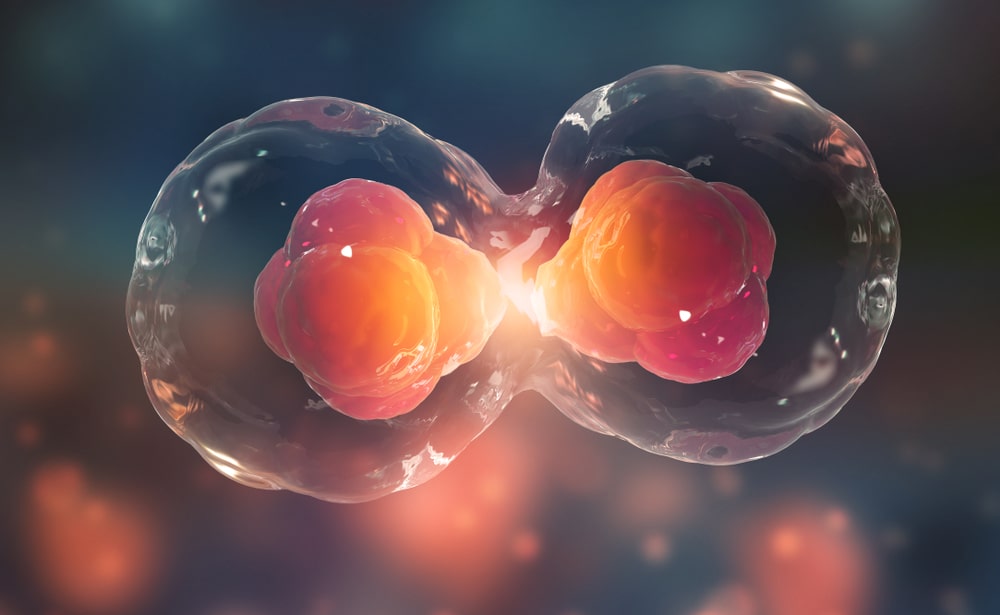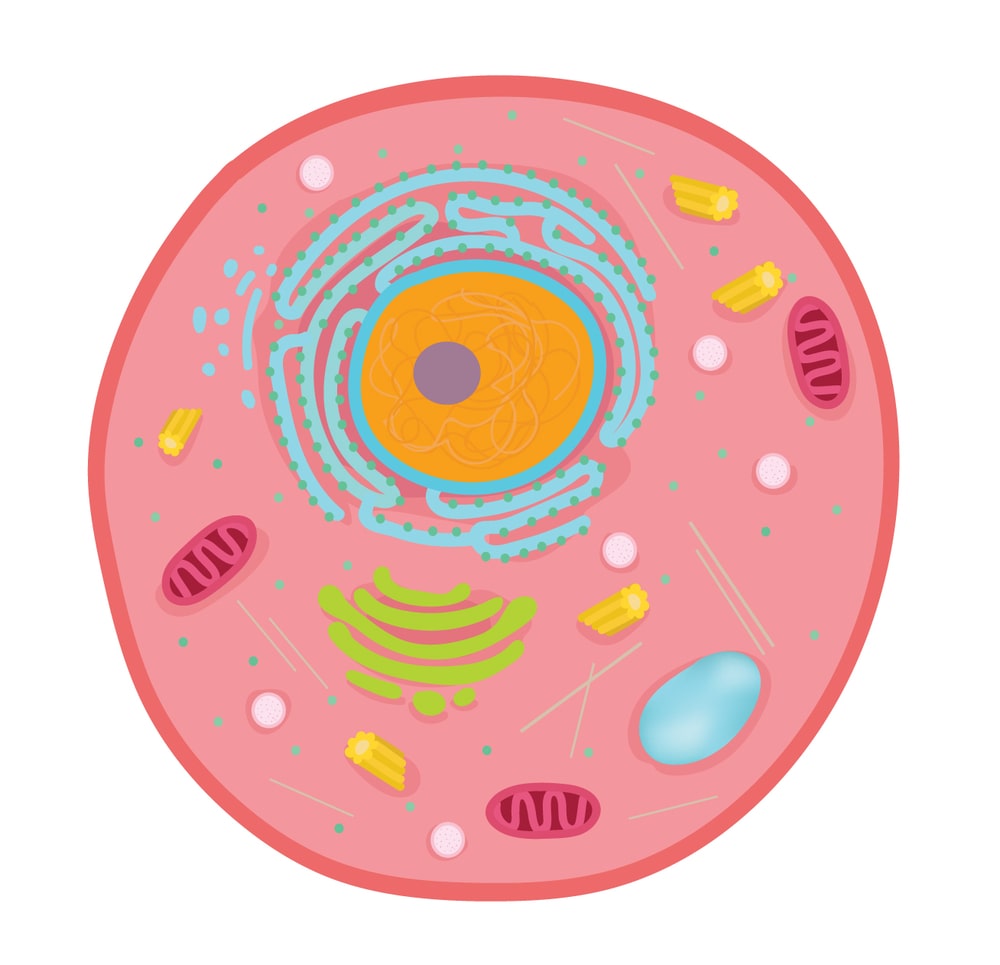The cell is a basic and the smallest functional, living unit of the body tissue. The cells are grouped together to form the tissues. Cytology is the branch of science that is concerned with the study of the cell. In a unicellular organism, a single cell performs all the functions while in multicellular organisms cells get specialized to form different tissues; each tissue performs a specific function.
Table of Contents
Plasma or Cell Membrane
The membrane which separates the internal components of a cell from extracellular material is known as the plasma membrane or cell membrane. The plasma membrane regulates the passage of substances in and out of the cell. The plasma membrane consists of an equal proportion of proteins and lipids. Lipids are made up of 75 percent of phospholipids. Lipids normally consist of phosphorus and a small amount of cholesterol and glycolipids. The phospholipids are arranged in parallel layers forming a phospholipid bilayer which forms the basic framework of the plasma membrane. Phospholipids are amphipathic in nature. Such types of amphipathic molecules have a dual nature i.e. they contain both polar and non-polar regions. The head of the polar part contains phosphate which is hydrophilic. The non-polar part is the tail which contains two fatty acids which are hydrophobic in nature. ( Hydrophilic means water-loving; and hydrophobic means water-hating).

Glycolipids
These are also amphipathic in nature and comprise 05 percent of membrane lipids. They are present only in the layer that faces the extracellular fluid. Glycolipids contribute to the regulation of cellular growth and development.
Cholesterol
About 20 percent of the membrane lipids are cholesterol molecules, which are found in animal cells. Cholesterol strengthens the membrane of an animal cell but decreases its flexibility.
Membrane Proteins
They are of two types: integral and peripheral. The integral proteins are glycoproteins that extend across the phospholipids bilayer between the fatty acids tails. Normally, the sugar portion of glycoproteins faces the extracellular fluid. The peripheral proteins are loosely attached to the inner and outer surfaces of the membrane. Some integral proteins have a pore through which certain substances can pass in or out of the cell while some act as a carrier to move a substance from one side of the membrane to the other side. Integral proteins work as receptors that attach specific molecules such as nutrients, hormones, neurotransmitters and these are essential for cellular functions. The molecule which is attached to the receptor is known as a ligand.
Physiological Properties of Membrane
The membrane serves as cellular communication. It interacts with other body cells, foreign body cells, and Ligands. It encloses the cellular contents and keeps them away from the extracellular fluid. The plasma membrane maintains an electrical and chemical gradient known as the ‘electrochemical gradient’ between the inside and outside of the cell. The plasma membrane controls the entry and exit of materials. It allows passage for certain substances and restricts the passage for others; such a property of the membrane is known as selective permeability. The selective permeability depends on several factors such as lipid solubility. size, charge, and presence of channels and transporters.
Transport of Material Across the Membrane
There are two main transport processes:
the passive process wherein the metabolic energy is not used and an active process, in which the cell uses some of its own energy by splitting ATP to move the substance across the membrane even against the concentration gradient. The passive process includes simple diffusion, osmosis, bulk flow, and facilitated diffusion. In these, the transport of molecules depends on the pressure or concentration differences. The gradient power/concentration works as the source of energy.
Simple Diffusion
Molecules and ions move under kinetic energy (energy of motion) and collide with one another. The random mixing of ions and molecules in the solution due to their kinetic energy is known as simple diffusion. In simple diffusion, a high concentration of molecules or ions is present in one area and a low concentration of molecules or ions is present in another area. This difference in concentration between the two areas forms a concentration gradient. When two such areas are connected, then substances will move from higher concentration to lower concentration till the concentration on both sides becomes equal.
Osmosis
In a living system, water diffuses through the permeable membrane. Water moves under osmosis across a cell membrane from the area of higher water concentration to an area of lower water concentration. For the movement of water between various body compartments, osmotic pressure is important, which is creating a force for the movement of water. In an isotonic solution, the cells such as RBC, maintain their shape. The concentration of water and solute in the fluid outside RBC must be the same as the concentration of fluid inside the cell.
Bulk Flow
A large number of molecules, ions, or particles which are dissolved in a fluid medium or air, moving in one direction, is known as bulk flow. Such type of movement occurs from higher pressure to lower pressure. Examples of bulk flow in the body are the flow of blood within the vessels and the movement of air into and out of the lungs.
Facilitated Diffusion
In this, the substances move under the concentration gradient from an area of higher concentration to an area of lower concentration with the help of specific integral proteins in the membrane which work as carriers for each type of substances, such as ions, urea, glucose, fructose, galactose, vitamins. These substances are also lipid-soluble and can diffuse through phospholipids bilayer and cross plasma membrane by facilitated diffusion.
Active Transport
Some substances which enter or leave the body cells do not move passively across the cell membrane because they are also supposed to move against the concentration gradient. These substances move across membranes by active processes. For active transport, ATP is required, and particular integral membrane proteins act as ATP-driven pumps to push certain ions and smaller molecules across the cell membrane. In vesicular transport, there is the formation of vesicles. These vesicles either detach from the plasma membrane during material transport into a cell or merge with the plasma membrane to release material from the cell. Particles such as bacteria, RBC, and large molecules such as polysaccharides, and proteins, may enter or leave the cell by vesicular transport. There are several types of vesicular transport methods. These are phagocytosis, pinocytosis, receptor-mediated endocytosis, and exocytosis.
- Phagocytosis: It is the process by which a phagocyte engulfs a solid particle to form an interval compartment known as a phagosome. It is involved in the acquisition of nutrients for some cells. In the immune system, it removes pathogens and cell debris.
- Pinocytosis: It is the process of absorbing fluid together with its contents in the cell. The cell does it by forming narrow channels through its membrane. These channels surround the liquid and its contents and then pinch off into vesicles, hence the liquid is successfully absorbed into the cell.
- Receptor-Mediated Endocytosis (RME): It is the process via which a cell absorbs nutrients. selective receptors on the cell membrane by engulfing them. The molecules of the receptor are specialized proteins.
- Exocytosis: It is a form of active transport in which a cell transports molecules out of it by expelling them in an energy-using process. In this process, membrane-bound secretory vesicles are carried to the cell membrane and their contents are emptied into the extracellular environment.
Make sure you also check our other amazing Article on : Classification of Microorganisms
